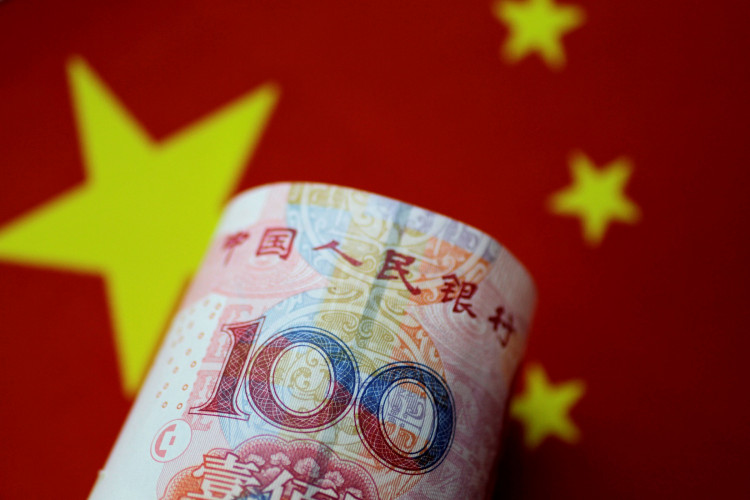China's yuan declined sharply this week following reports that Beijing is considering allowing the currency to weaken next year in response to anticipated trade tensions with the United States. The move signals that Chinese policymakers are preparing for the possibility of new economic headwinds as Donald Trump, who has vowed to impose steep tariffs on Chinese imports, prepares to return to the White House.
The offshore yuan slid as much as 0.5% to 7.2921 per dollar on Monday after Reuters reported that officials are discussing a possible depreciation to around 7.5 per dollar in 2025. This would represent a 3.5% drop from current levels. Though the currency later trimmed its losses, the report renewed speculation about China's readiness to abandon its typically stable exchange rate policy.
"There is a compelling logic embedded in these comments," said Jane Foley, head of FX strategy at Rabobank. "China's economy is already weak, inflation is low, and it will have to position itself for Trump tariffs."
The yuan's potential devaluation underscores Beijing's efforts to counteract the effects of U.S. trade tariffs, which Trump has indicated could include a universal 10% import tariff and a 60% levy on Chinese goods. A weaker yuan would make Chinese exports cheaper on global markets, partially offsetting the impact of such punitive measures.
However, the strategy carries significant risks. Rapid depreciation could trigger capital outflows, destabilizing financial markets and further straining China's already fragile economy. The yuan has struggled since 2022, weighed down by a sluggish property market, weakening consumer sentiment, and a growing yield gap between Chinese and U.S. bonds.
A weaker yuan could bolster exports and provide relief for a Chinese economy struggling to meet its 5% growth target. Analysts argue, however, that aggressive currency devaluation could provoke retaliatory measures from other trading partners. "If China takes the currency aggressively lower, it raises the risk of a tariff cascade," said Fred Neumann, chief Asia economist at HSBC.
The People's Bank of China (PBOC) has not officially commented on the reports, but its recent actions suggest a willingness to loosen monetary policy. Earlier this week, the central bank signaled a shift to a "moderately loose" stance for 2025, marking a departure from its long-standing commitment to currency stability.
The yuan's trajectory has been the subject of intense scrutiny among financial analysts. BNP Paribas forecasts the currency could reach 7.45 per dollar by the end of 2025, while Nomura expects it to hit 7.6 by mid-year. "For any macro trader, this is a case of when and by how much yuan weakens in the first half of next year - and not so much if," said Viraj Patel, strategist at Vanda Research.
During Trump's first term, the yuan weakened more than 12% against the dollar amid escalating tariff battles. Beijing's decision to devalue the currency in 2015 offers a cautionary tale; the move backfired, triggering capital outflows and forcing the PBOC to spend heavily from its reserves to stabilize the market.
This time, Chinese authorities appear to be treading cautiously. While the yuan's flexibility could provide a buffer against U.S. tariffs, excessive volatility might undermine efforts to elevate the yuan's global reserve currency status. "The authorities would be looking for some equilibrium between these factors," Foley said.






